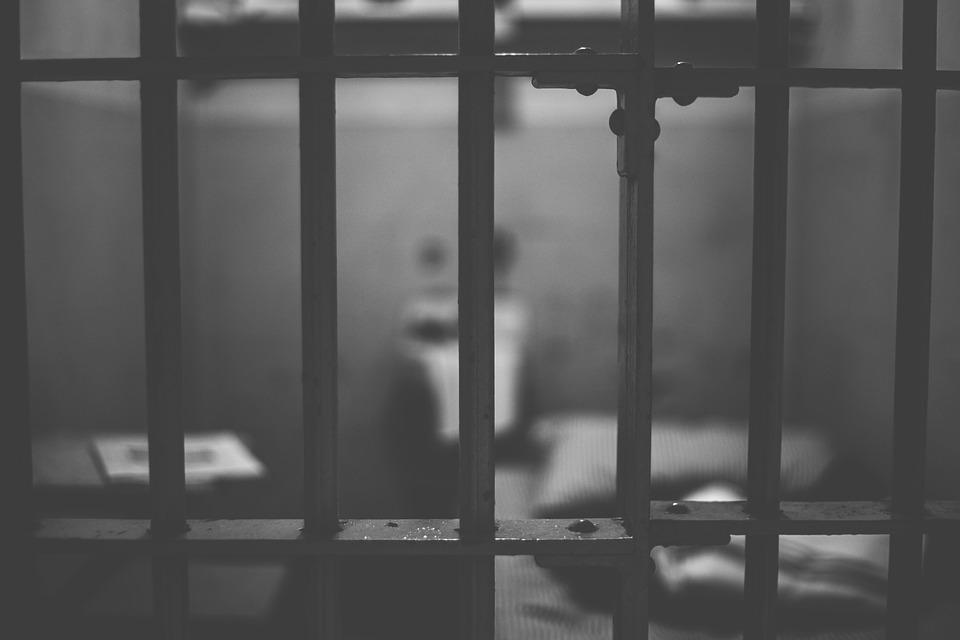When I first stood in front of that metal, grille-like door of the cell I felt like I had hit some sort of “replay” button to history. This tiny, 43-square feet cell had been home to Nelson Mandela, freedom fighter and first black president of South Africa, for 18 years.
I kept on gazing at his one-inch thick sleeping mat, rolled up blankets, bucket (used as a toilet), metal cup and plate, and thinking how freedom can blossom through such demeaning living conditions. The light coming through the window was like a beam reflected on my eyes to play history in a flashback.
Mandela received a life sentence in 1964 for resisting apartheid, and was to spend this punishment in an Alcatraz-style prison on tiny Robben Island off the West of Cape Town.
“This is the Island. This is where you will die,” said a guard to Mandela when he first arrived. The guard could not be more wrong; not only did Mandela survive this arduous captivity, but he also won over his oppressors and, eventually, led his people to freedom.
Once they had arrived at the prison, Mandela and his comrades were told to undress and put on a plain khaki uniform that was made of short trousers, a jersey, a canvas jacket, and shoes with no socks. In his memoire, “Long Walk to Freedom,” Mandela explains that, through wearing this uniform, he came to understand the cliché of “feeling the cold in one’s bones.”
Mandela resisted from his first week of imprisonment. He protested the short trousers. A few months later, a guard dumped a pair of long khaki trousers at the door of his cell. Mandela asked that all his comrades receive the same, or else he would not take the trousers, and he ended up not taking them.
Having a law degree, Mandela knew how to resist “legally” in prison. When a guard ordered him and other prisoners to line up for a photo, Mandela asked him for an authorization. The guard had never known about this regulation, which imparted to Mandela a superior status during that encounter.
To protest the hard labor of breaking limestone rocks and the harsh conditions under which political prisoners were only allowed to receive letters and visitors once every six months, Mandela and his band crafted their “go-slow” strike; they would work at half their regular speed — another legal tactic of protesting.
The authorities wanted to break Mandela’s resolve by burying him in this damp cell. Instead, he turned the cell into a center of leadership. He described Robben Island as a university, where each one taught the others and studied to earn degrees, learn English, Afrikaans, and economics. For Mandela, “education is the enemy of prejudice.” Mandela prepared in this cell the political economy class he taught his inmates.
The walls of this cell contained all the worry, grief, and aspirations of Mandela for 18 years. They “witnessed” him agonizing over the death of both his first son in a car accident and his mother. In this cell, he celebrated the marriage of his daughter and started a secret scheme of writing his autobiography, which was forbidden in jail at the time.
I had a real feeling that these walls miss the sweat, tears, and sighs of a revolutionary who dreamed of equality and freedom in a colorblind nation. It’s true he himself is no longer within them, but they will keep telling the story to those who want to listen, to learn, and to teach others about equality, freedom, and peaceful co-existence.







Be First to Comment